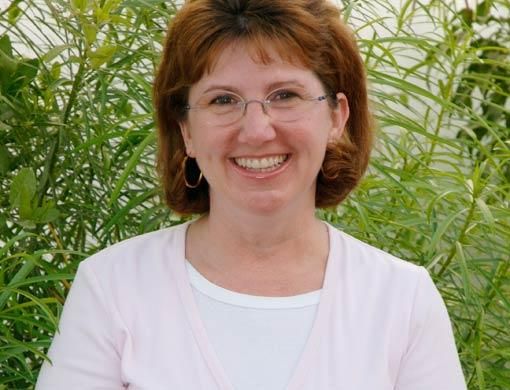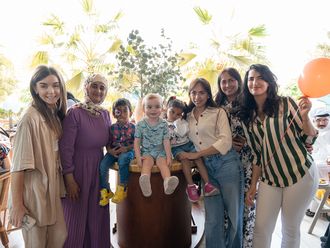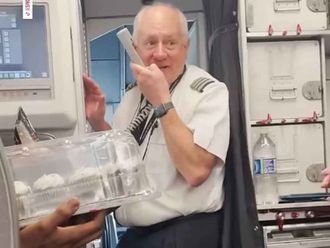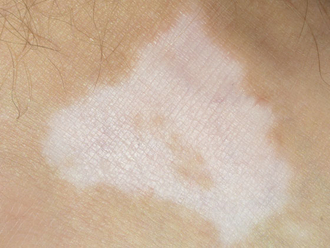I would never have imagined that I would become so closely involved with the Omani dress when I first encountered one in 1985.
I received an Omani dress as a gift from my husband's family when they attended his college graduation in the US. Upon receiving it, I was delighted beyond words.
Having no expectations of a gift at all, much less one so precious and dear, I was deeply touched and that excitement for Omani garments has remained with me until now.
Today, Omani dress and the Oman Dress Project [ODP] have become a significant part of my life.
I became involved with the project quite unintentionally. I was working on two websites that promote Omani culture; one website, www.soukofoman.com, is an information portal providing insight into Omani culture while the other website, www.omandollcompany.com, is a catalogue of dolls wearing traditional Omani clothing.
This latter website became the medium through which I was contacted by Dr Gillian Vogelsang-Eastwood, director of the Textile Research Centre, Leiden, Netherlands, in 2003.
She is working on a project titled 'Study of Islamic Dress Around the World' in which she is studying the dress of 22 Arab nations to the extent of turning it into an encyclopaedia of knowledge through collecting, documenting and displaying dresses in exhibitions and publications.
She enquired whether I could perhaps donate either life- or doll-sized Omani clothing to her project.
The events of 9/11 were still heavily weighing on our minds then and Dr Gillian's aim was to present this collection of Islamic dress as a means to expose non-Muslim countries to Islamic culture with the intention that the medium of dress would help in transcending boundaries and demolishing stereotypes of Islam.
It would literally be like stepping into someone else's shoes, so to speak.
I loved the idea of this study and asked Dr Gillian if I could handle research relating to Oman. I became involved with the inception of ODP in 2003.
I am from St Louis, Missouri, in the US.
I came here by way of a wedding ring! We got married in the US and before long we made the move to Muscat.
My husband, Mohammed Al Zadjali, has been my best friend for 23 years, though we have been married for more than 17 years. We met while in university in St Louis.
We have been blessed with five beautiful children, four girls and a boy in the middle, between the ages of 15 and 6. I am as proud of my children's Omani heritage as of their American one.
Clothing and its stories
ODP collects garments as a means of documenting different dresses of men, women and children from different time periods and different urban and rural regions of Oman; we are researching, documenting, collecting, photographing and exhibiting as garments and space become available.
At present there are two collections of dress: one remains here in Oman and the other is sent off to the Netherlands as pieces are acquired.
The project involves Omani women volunteering for ODP and myself visiting various Omani towns and villages in order to meet people wanting to tell us the stories of their clothing.
The ODP aims to open up to the public as a 'dress centre' where we can share our knowledge with the public at large: locally and internationally.
These last three years have been a huge learning process …… as I do not possess a college degree in relevant subjects of textiles or Islamic history.
However, I have been living in Oman for 14 years and therefore possess a good knowledge of Oman and Omanis; experiential knowledge can perhaps be as useful as education in such a case.
I feel privileged to have met so many Omanis during the course of this project.
You think that you are going to talk to people merely about their clothes before realising that personal history is inevitably intertwined with their clothing as well; these conversations about dress become repositories of such valuable memories and reminiscences.
In fact, Omani volunteers associated with this project have also made precious discoveries about their heritage themselves. They visit their relatives and return with 10 pages of notes on their dress.
Yet they learn much more than these pages could convey. It was a nice gift that none of us really expected.
I firmly believe that clothes speak to us.
Learning the language of clothing enables you to identify its cultural location, the time period in which it was made and social rules and codes governing that particular period.
For example, on examining a garment's fabric, we ask questions such as: How did this fabric get here? Who started using it? How was it adapted to usage in Oman?
I feel that fashion is a reflector of contemporary change in Oman to an extent.
For example, the younger generation of Omani women, ages 40 and below, are not as inclined as the older generation to wear garments made from traditional fabrics, cuts and embellishments.
Exposure to global fashions through satellite television and electronic media, not to mention global travel, has resulted in Omani women embracing new fashions, although they are proud of their dress heritage.
While it is understandable that the modern Omani woman is ready for change, I sincerely hope the traditional garment remains a part of their lives.
To take it one step further, finding new ways to use these dress skills would be ideal. This could [achieve] a balance between moving forward in this modern world and maintaining traditions, heritage and culture.
To not do so raises a concern, because I feel there is a wealth of artistry present in these clothes that is in danger of being lost if they can't adapt to modern designs.
ODP has been vital to me personally. I am proudly and happily married to an Omani, so this project has allowed me to access Omani culture in a unique way that I would not have otherwise been able to.
Working on the websites and being involved in ODP have taken me into the heart of Omani culture. I have grown in ways that I would never have been able to had I remained in America.
I am blessed to be a guest in this country and [am] forever humbled by the opportunity to work closely with so many wonderful Omani people.
For more information on the ODP, e-mail ODP@soukofoman.com
A nation's fabric
A nation's fabric












